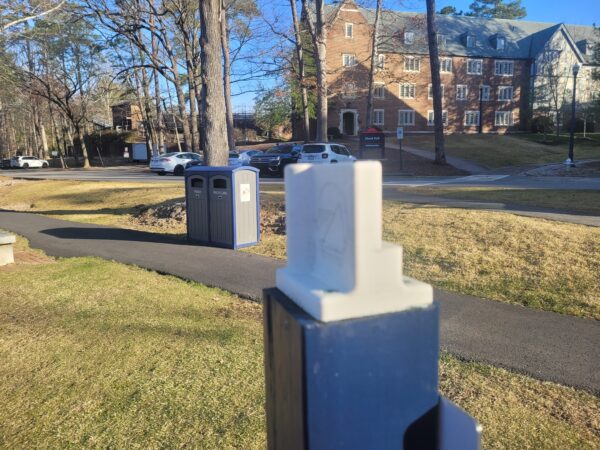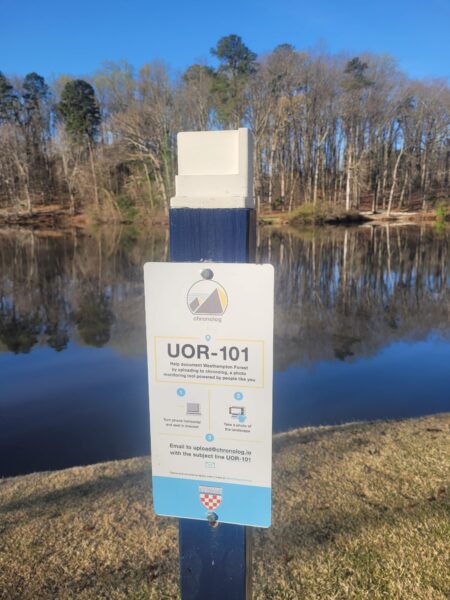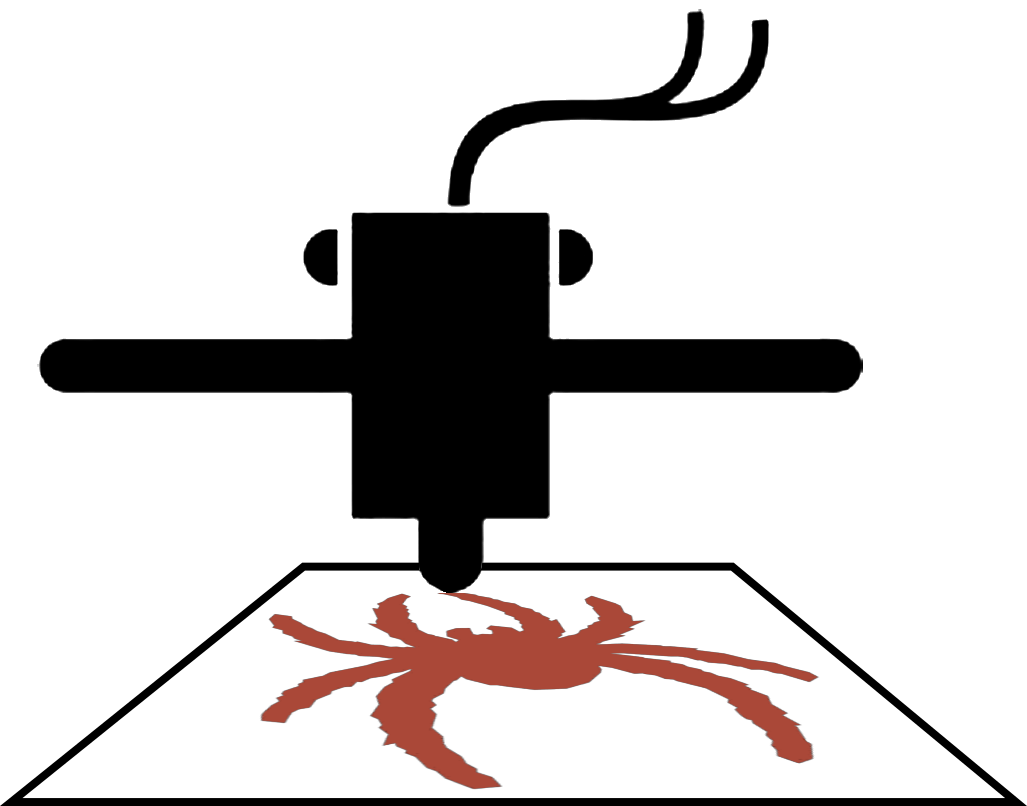
How would a post for cameras to take photos enter into scholarly research for a university geographer? It turns out that crowdsourcing some of the data taking can help engage the citizenry as well as provide photography to augment other data. For a national park or even the UR eco corridor, there is often modern data sets such as those from land cover satellite imaging and other remote sensing techniques. However, getting associated photography over the same time periods can provide useful data for the project.
Information Services designed a jig for holding typical digital cameras and smartphones to assist visitors in taking the necessary photo(s) without any real training. The angle of the camera is held constant across most visitors to a reasonable degree. The idea is that visitors then text the photos to a number which is received by a data warehouse that manages the photographic data for the researcher. Information Services, University Facilities, and the researcher conducted two tests: (1) the first prototype was installed near the eastern end of the Westhampton lake on campus and (2) after success with that test, two more jigs were printed and installed on posts in the Eco Corridor.

